First Look Review: 2024 Chevrolet Equinox EV FWD 2RS
The age of the compact sedan is gone: The most common passenger car sold here in the U.S. is a compact crossover. Chevrolet bears out this pattern—Silverado trucks aside, its best-selling vehicle in 2023 was the Equinox. This humble, two-row crossover may be a yawner for an enthusiast, but it is hugely valuable to the company, and to those who buy it. An affordable ($33,195), spacious, comfortable car, the Equinox easily serves as the only vehicle for a couple, even one with a kid or two. Is it possible to reprise the theme for an electric version? Earlier this month, we got our first chance to drive Chevrolet’s attempt to do exactly that.
The Equinox EV is a new car, and an important one. The cheapest model (the LT) will retail for $27,495 including a $1395 destination fee and the $7500 federal tax credit, for which it is eligible in full. (Leaving off the credit, the LT will cost $34,995.) Range for the most efficient version, the front-wheel-drive one, is 319 miles. Chevrolet has made electric vehicles before, and they have been similarly affordable, but none have been this large: Even the larger version of the Bolt, the EUV, was more of a tall hatchback than an SUV. The Equinox EV is a compact crossover, the format of vehicle that Americans like most. Not until now has Chevrolet offered an electric vehicle in this vehicle segment, and its hopes are high: The company aspires to sell 150,000 a year.
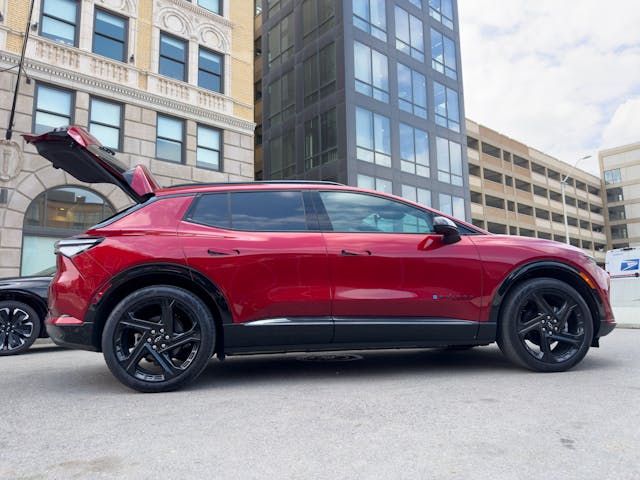
For the first drive event, Chevrolet provided Equinox EVs in a variety of trims and colors, both front- and all-wheel-drive. Your author spent the most time in a front-wheel-drive 2RS riding on 21-inch wheels, painted Radiant Red with an Adrenaline Red interior.
Specs: 2024 Chevrolet Equinox FWD 2RS
- Price, base/as-tested*: $45,790 / $50,880
- Powertrain: Single permanent-magnet electric motor
- Output: 213 hp, 236 lb-ft of torque
- Layout: Front-wheel-drive, four-door, five-passenger compact crossover
- 0–60 mph: TBD
- EPA fuel economy equivalent, MPGe: 117 city, 99 highway, 108 combined
- Competition: Ford Mach-E, Tesla Model Y, Volkswagen ID.4, Kia EV6
*minus federal $7500 EV tax credit)
Like all other GM EVs, and a few Hondas, the Equinox EV relies on GM’s Ultium platform—specifically, the BEV3 variant. The Equinox EV is assembled in Mexico with LG batteries built either in Tennesee or Ohio, making it eligible for the full federal tax credit of $7500.
Styling, both inside and out, strikes a balance between familiar and futuristic, with the exterior leaning a little more to the latter. Size-wise, this vehicle is significantly larger than the outgoing version of the gas-powered Equinox. It’s closer in size to the recently revealed, fourth-generation Equinox, which looks very different, even from a distance: GM is intentionally bringing its ICE SUVs in line visually with its trucks. Exterior designer Samuel Bell says he didn’t look at the gas-powered Equinox at all when designing this electric crossover, and it shows: The Equinox doesn’t look much like its predecessors, but it’s easily recognizable as a Chevrolet. It’s a simple, handsome design, more obviously a crossover than the swoopy Blazer EV, which somehow looks too big in real life.
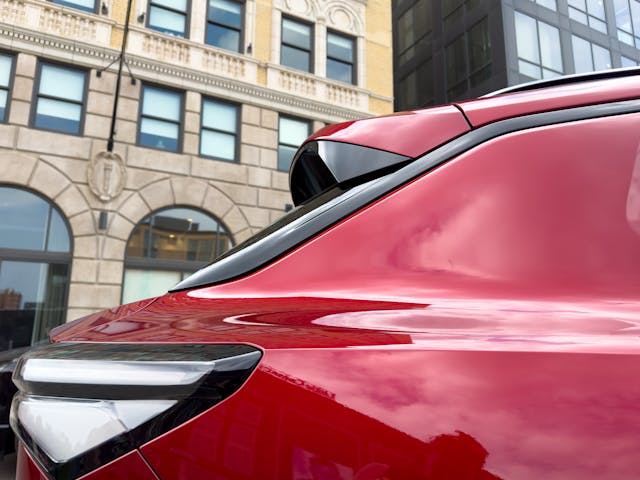

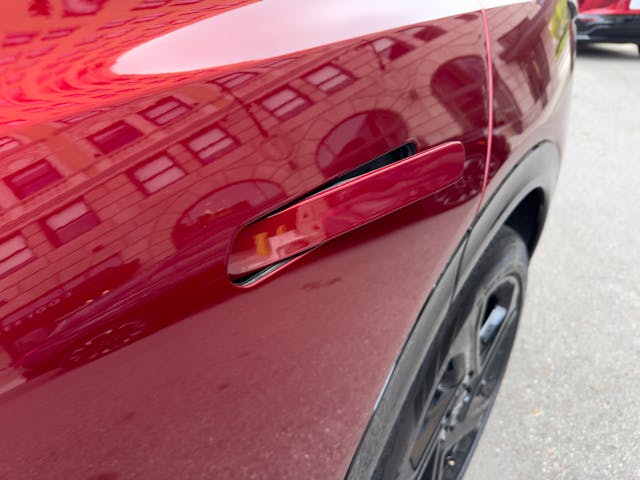
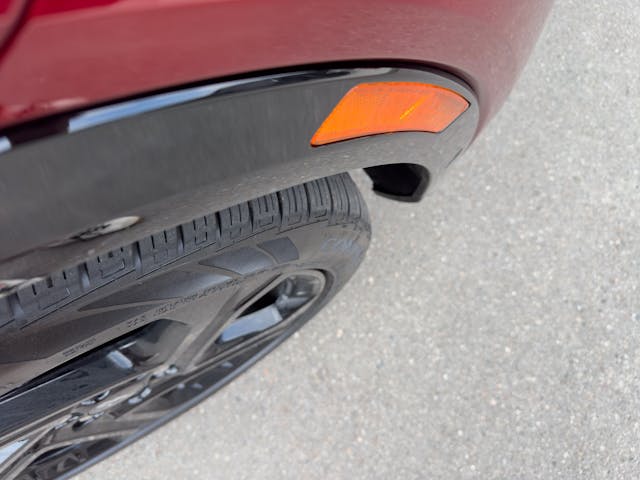
The Equinox wears multiple details that make this car worthy of the price of its higher trims. For example, Chevrolet eschewed molded-in-color plastics for the arches around the wheel wells, using plastic but painting it as it would a metal body panel. The front and the rear fascia display thoughtful texturing, most notably a diamond pattern that does an excellent job at hiding the parking sensors. The pattern is complemented by a simpler sequence of slashes—at the front, you’ll find the pattern between the headlights. In the rear, you’ll see it on the very bottom edge of the bumper. You get the feeling Chevrolet sweated the details on this design even as it chased that thirty-something target price.
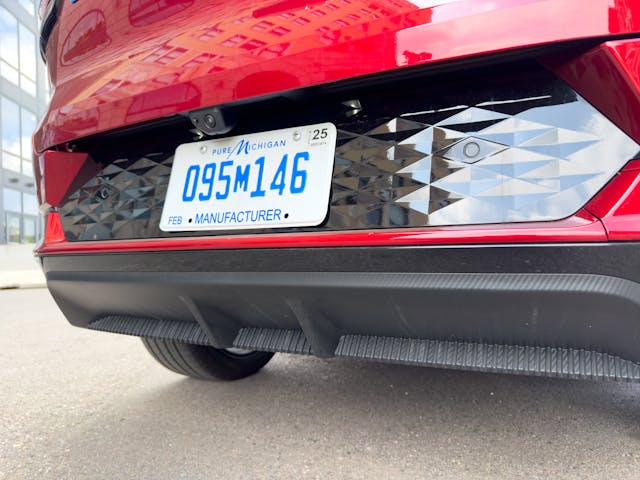

If you’ve been in any other 2024 model year Chevrolet product, you’ll feel at home in the cabin of the Equinox EV. The shifter is mounted in the steering column, behind a familiar, three-spoke steering wheel with matte-plastic buttons, toggle switches, and faux-metal accents on the front and two rocker switches tucked onto its rear side. The location of the shifter allows for a storage cubby below the center console, as it does in the 2024 Traverse. Materials are mostly plastic, with different splashes of color and cloth or leather-mimicking Ecotex depending on trim. The dash is dominated by a two-panel digital display that absorbs the duties of instrument cluster, radio, navigation, and vehicle settings.
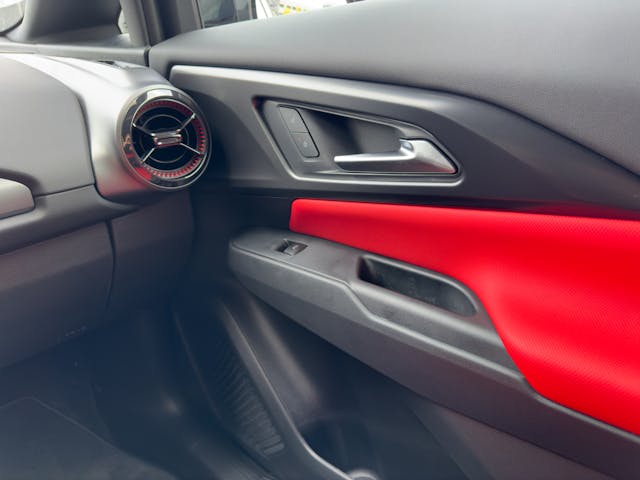
Only a few things signal that you’re in an EV, one of which is the absence of a start button or rotary drive-mode selector (which Chevrolet plans for the next-gen, gas-powered Equinox). The heavy dose of familiarity is wise for a vehicle perceived by many as relying on new-fangled technology; little about it feels novel or futuristic compared to the contemporary ICE lineup.

The hands-free start system does take some getting used to: If, like me, you associate pushing a start button with shifting a vehicle into drive, eliminating one eliminates both: Several times I got into the vehicle, which obediently lit to life, but nothing happened when I pressed the accelerator pedal. I learned my lesson by the fourth or fifth start.
As a front-wheel-drive model, our test vehicle made the most efficient use of its 85-kWh battery and single, permanent-magnet primary drive motor: This is the version with the much-touted range figure of “315 plus” miles: 319, as estimated by the EPA. Output is 213 horsepower and 236 lb-ft of torque. An “eAWD” variant uses the same primary drive unit but adds a smaller, induction motor in the rear. In those Equinox EVs, you sacrifice a bit of range for more power: 285 miles, 288 hp and 333 lb-ft of torque.
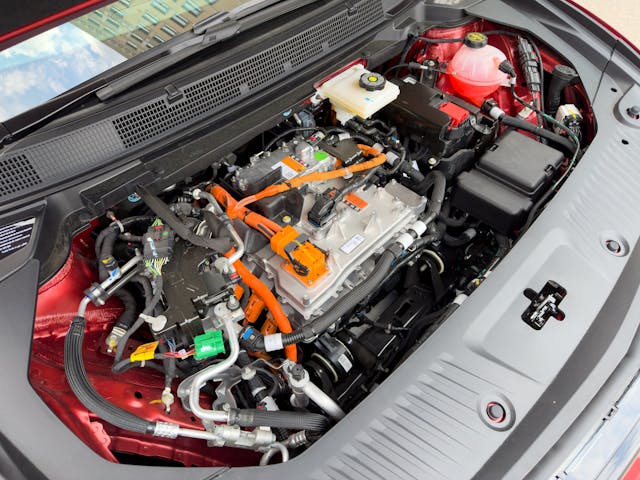
There are a few rough edges to the driving experience, but they’re all forgivable at this price point. Because the torque is available instantly, the Equinox EV feels a lot quicker than the numbers suggest. When you only need max squeeze for highway merges or purposeful lane changes, the power is totally adequate. You hear bumps more than you feel them, with these 21-inch wheels and without the gentle background noise of an engine; but harsh impacts, like deeply recessed grates or badly filled repair areas, break through with a thonk to your ears and your butt. The more comfortable electric Equinoxes are likely the cheaper ones on the smaller wheels: Our drive route only involved asphalt, but these 21-inch wheels would likely get obnoxious if you lived down a dirt or gravel road. Stoplights and low speeds aren’t completely silent affairs: Even with the artificial hums and chimes silenced via the touchscreen, there’s discernible motor whine. Steering has some play in it on-center, and is light and artificial throughout the travel.
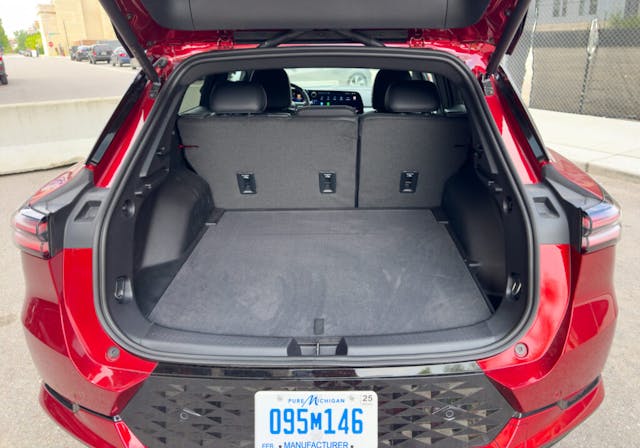
We’ll reserve judgment on the rear seats and cargo area until we’ve lived with the Equinox EV for a few days, but first impressions are quite good. Not only is a flat battery pack well suited to maximizing interior space, but the designers tucked a few thoughtful solutions into the car: Executive chief engineer Matt Purdy told us that he asked for a place to put a gallon of milk so that it wouldn’t slide around the flat trunk: Look to your right when you open the liftgate, and you’ll see the little plastic nook to hold your two percent. Lift up the flat floor of the trunk and you’ll uncover another cubby beside the charging cable bag.

Our early interactions with the Google-based infotainment system, much of which is of GM’s own design, were inconclusive. Like the driving experience, the price point covers a multitude of smaller sins: The visual language of the display is not particularly elegant, though the resolution is satisfactory. GM clearly prioritized customization: Not only can you download third-party apps, but you can move them around to prioritize the ones you use most frequently. You can even demote some to simplify your view. Someone who’s comfortable configuring their smartphone to mold to their habits will find the organization familiar, but for those who expect a less phone-like experience, in which each button only appears in one specific location, the degree of customization may be overwhelming, possibly frustrating. The size of the screen may be a detriment, too: There’s so much digital acreage to look at. Tapping through, say, various levels of brake regen requires more eyes-off-road-time than feels necessary: Why not just repurpose paddle shifters, like the rest of the world?
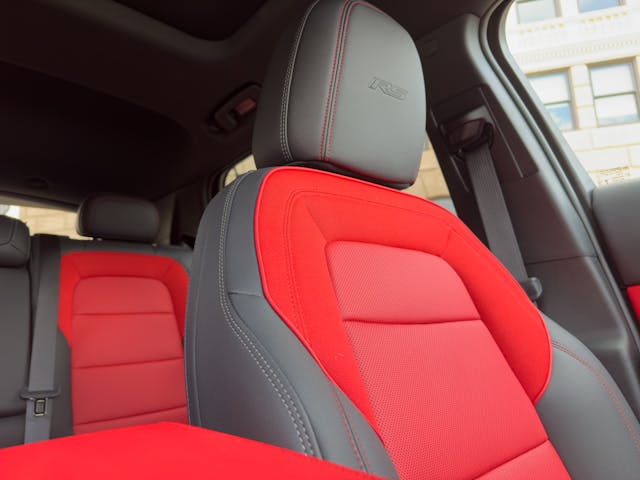
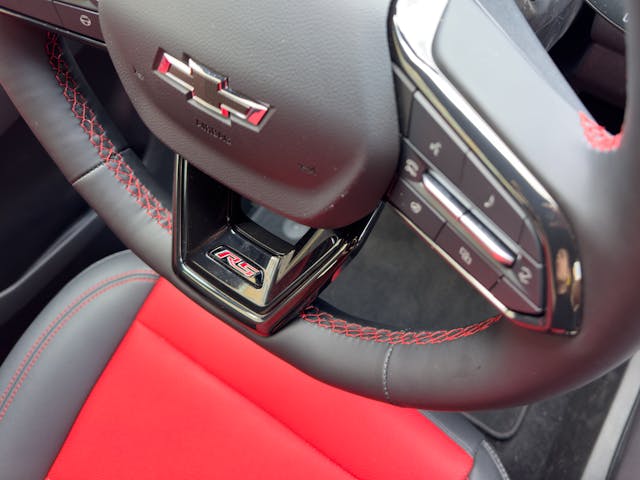

Be warned that the fanciest features on the Equinox EV, like Super Cruise and Google Maps and Google Assistant, require additional spend beyond the purchase price, either right away or eventually: Vehicle to Home charging is a an up front cost, the others further down the road. If you buy a charger from GM—not the only or the cheapest charging option, but the best one if you want to eventually add the home-charging station—figure in $1699. That home charging bundle is another $5600.
The other features are available free from GM for a trial period. After that window expires, you’ll need to purchase a subscription from Onstar to keep using them. As of this writing, Super Cruise costs $25 a month after the three-year free period, and that cost includes Automatic Lane Change. Access to Google Maps and Alexa is $15/month, but the trial period is longer than for Super Cruise: eight years. If you want to use your phone to check vehicle stats like tire pressure, cue a remote start, or favorite radio stations, that’s also $15/month. When we live with the car for a week, we’ll dive into more detail and make some suggestions of which services are worth the continued spend.

There are cheaper EVs on the market than the Equinox EV, such as the Nissan Leaf or the Mini Cooper SE. However, these are less spacious vehicles with smaller battery packs. Step up a size, to small SUVs like the Kona EV, and you still only get two-thirds of the Equinox EV’s 315+ mile range. The most established electric crossover, the Tesla Model Y, is more expensive than most front-wheel-drive configurations of the Equinox EV; you’re more likely to cross-shop the Tesla with the more lavish, eAWD versions of the Chevy.
Others, like the Mustang Mach-E or the Volkswagen ID.4, either cost more than the Equinox EV or have lower driving ranges … or both. Higher trims of the Equinox do overlap with the price of lower-spec Mach-Es, but that crossover has a more sporting persona than the humble, serviceable Equinox; it makes more sense as a rival for the bigger Blazer, a range capped by the tire-smoking SS model. The Hyundai Ioniq 6 and the Kia EV6 challenge the Equinox EV in terms of power and interior quality, but they are significantly more expensive—more in the territory of the Blazer EV—and neither is eligible for the federal tax credit.
The point of all that name-dropping? With a generous range, a low price of entry, a familiar nameplate, and few sporting pretensions, the Equinox EV represents a sweet spot in the market for electric crossovers. The tasks of an Equinox may not be glamorous, but they are important—especially so if electric vehicles are to represent most of the vehicles on our roads. From first impressions, the Equinox EV appears worthy of its name.
2024 Chevrolet Equinox EV FWD 2RS
Highs: Spacious interior, spunky powertrain, approachable styling inside and out.
Lows: Ride is rough around the edges. Low noise insulation from motor whine, tire noise. Coolest tech features require subscriptions.
Summary: An Equinox for the electric age, whenever that age arrives.

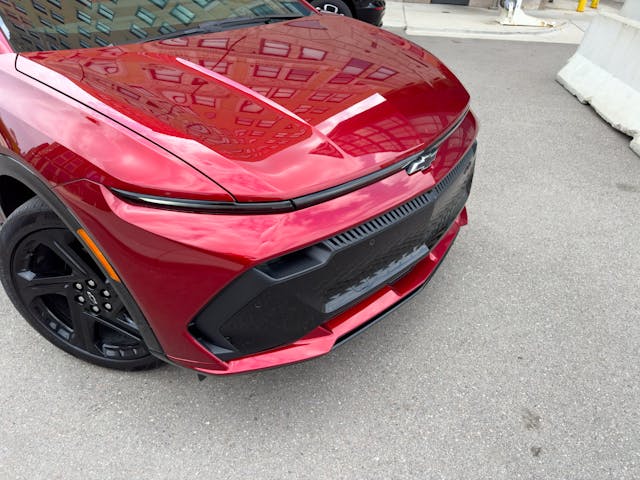
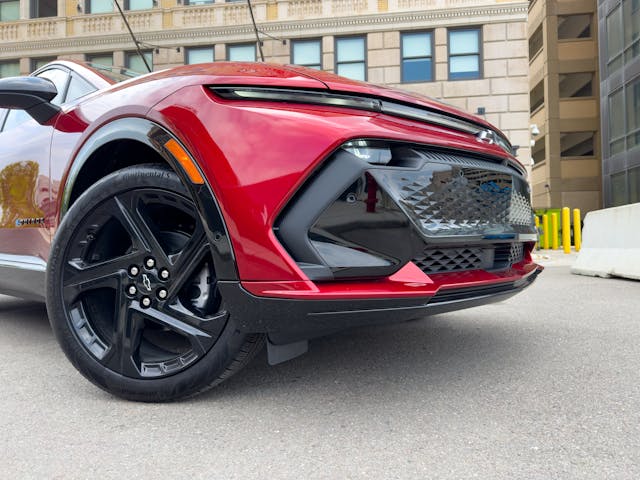
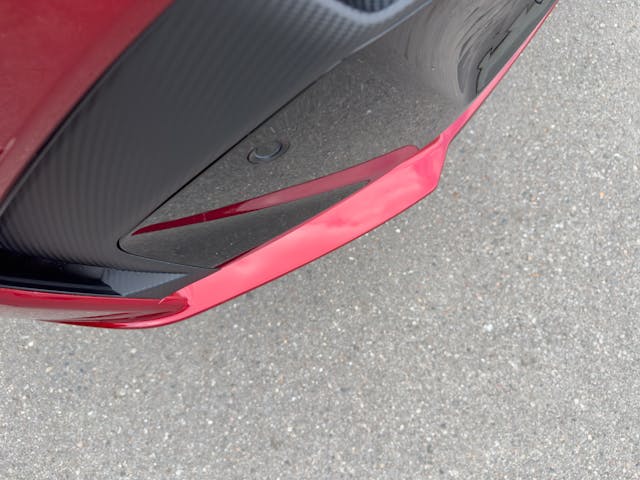
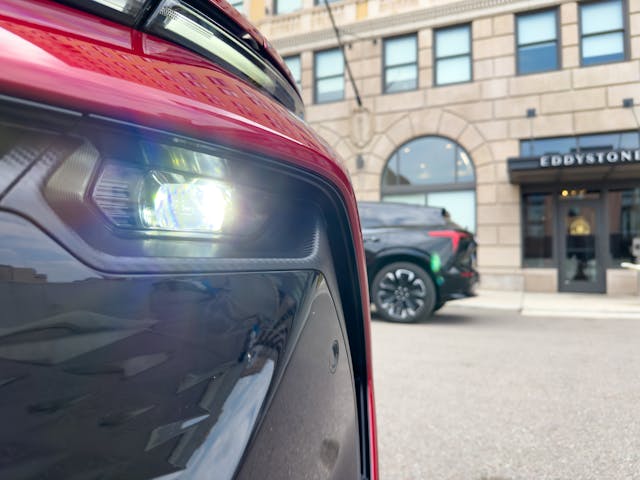
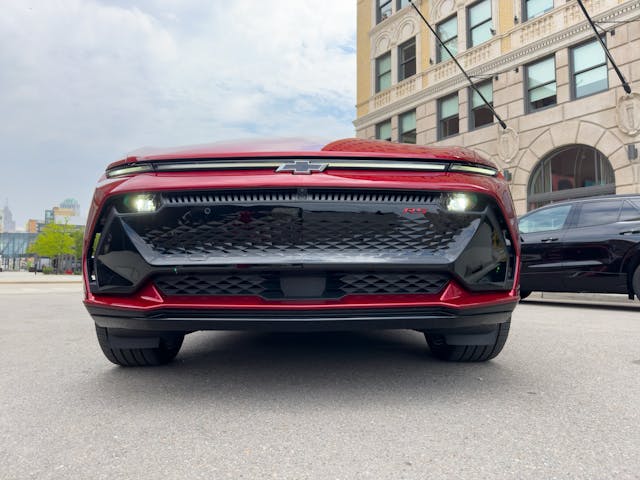
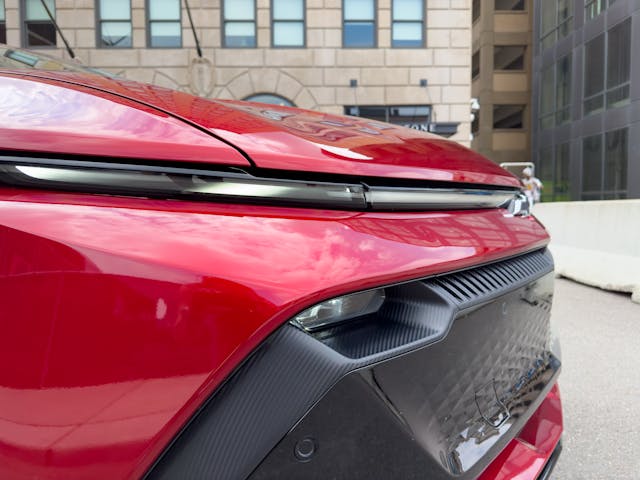

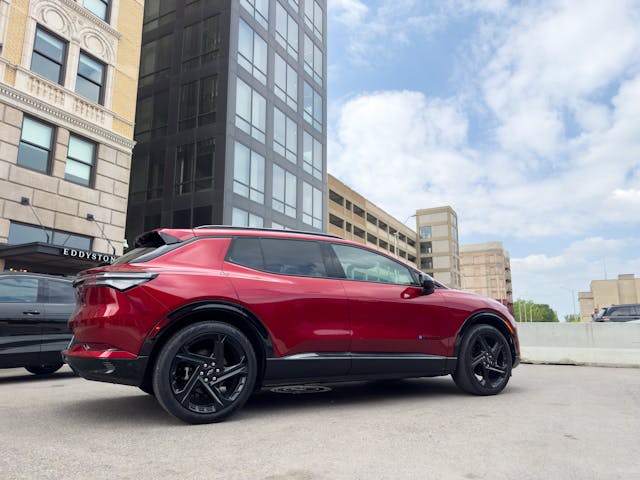
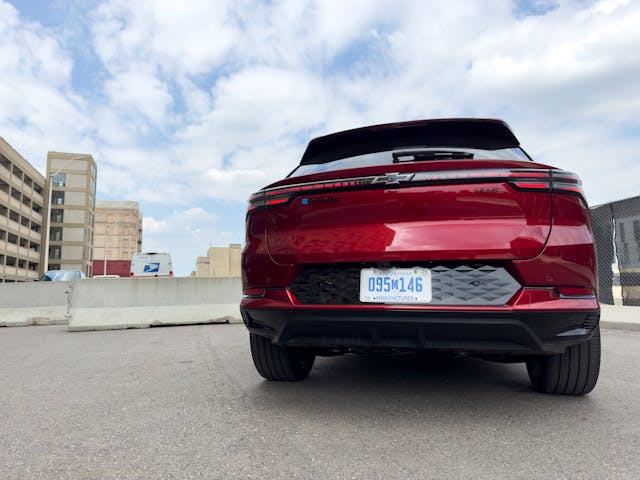

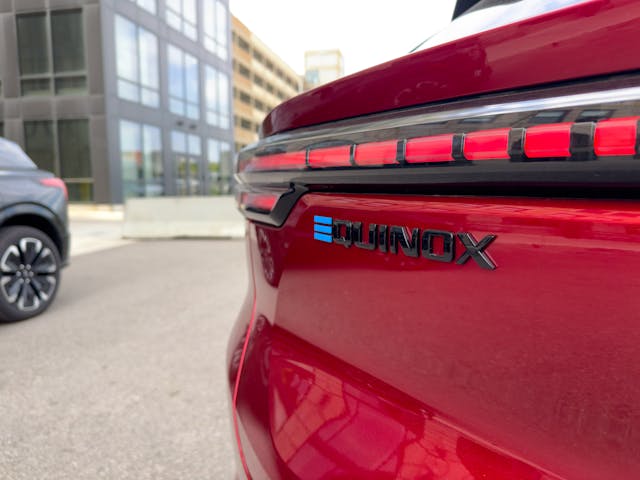
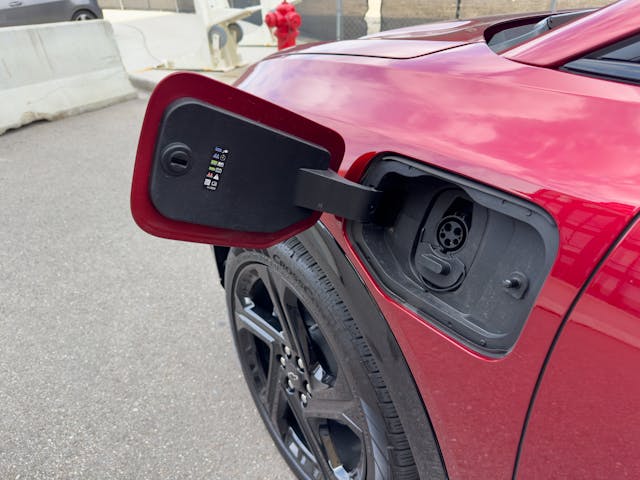
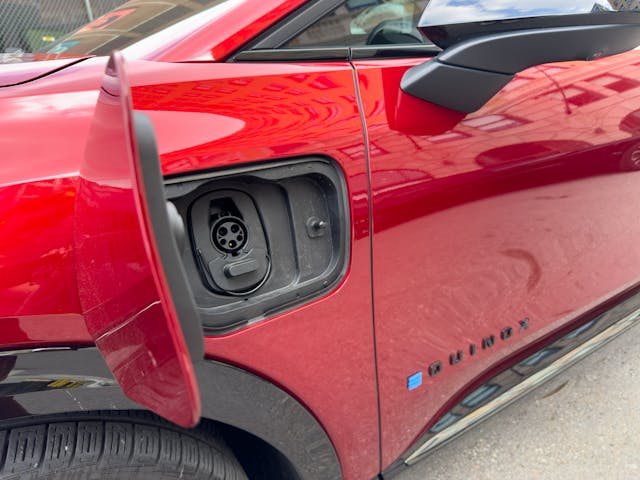
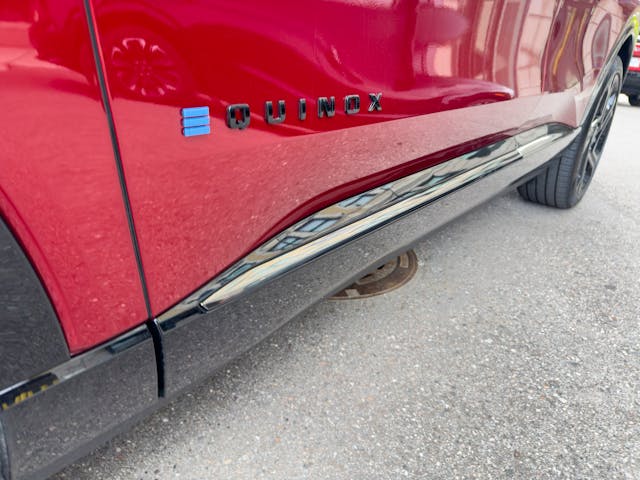

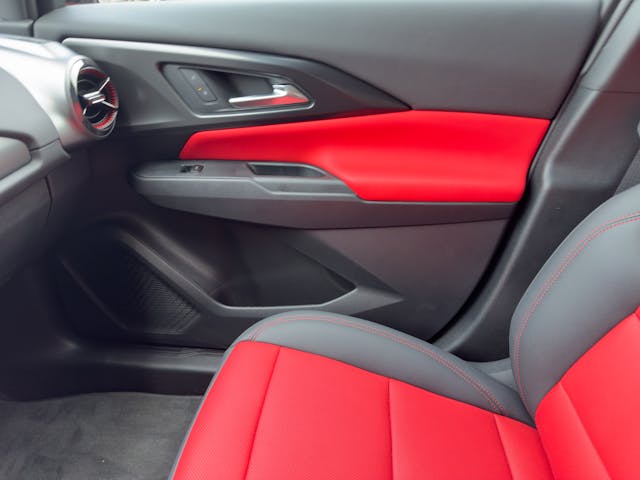
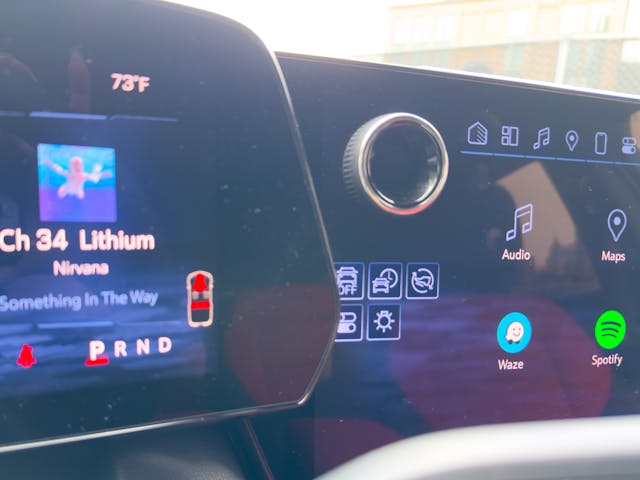
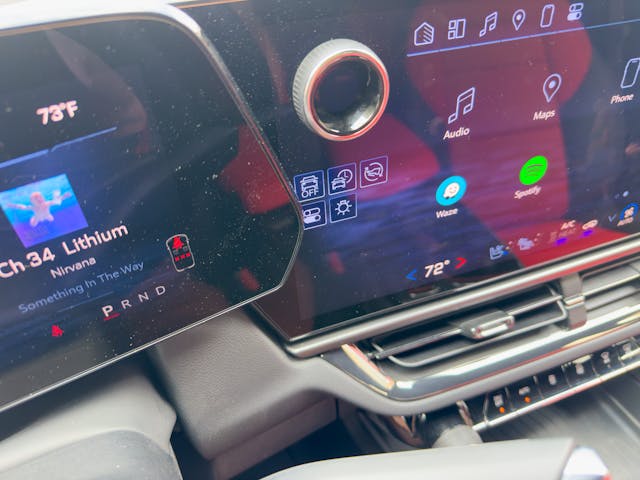
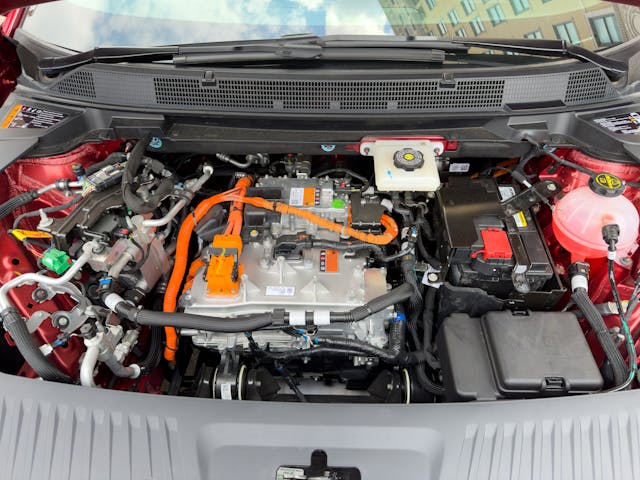
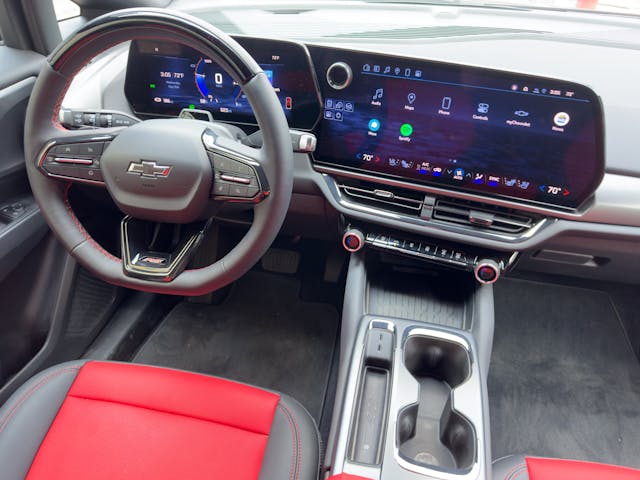
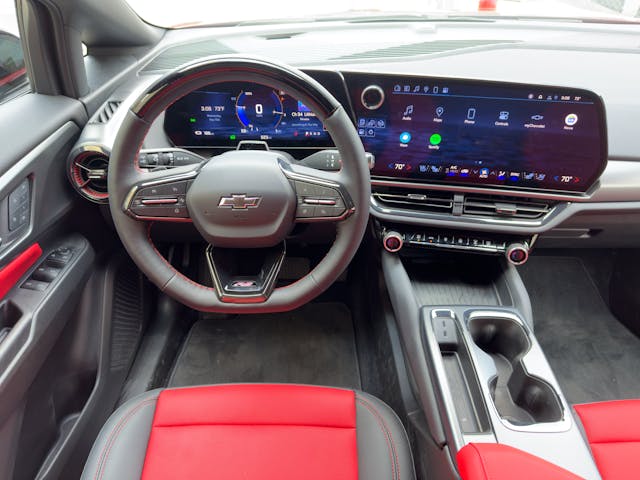
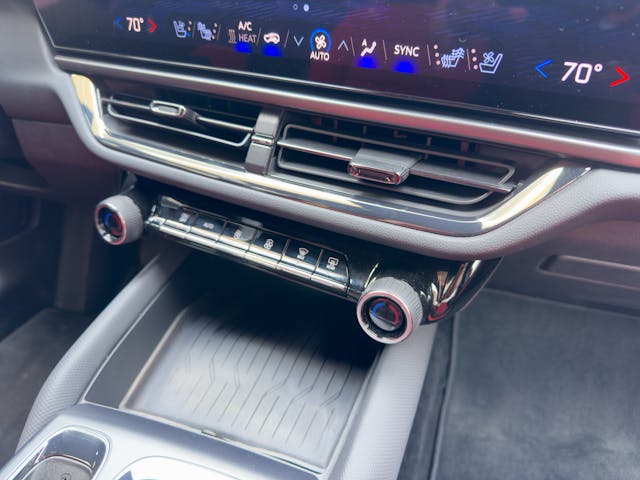







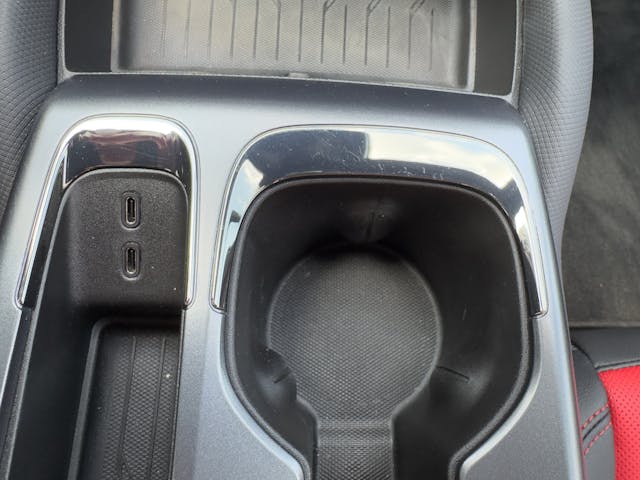

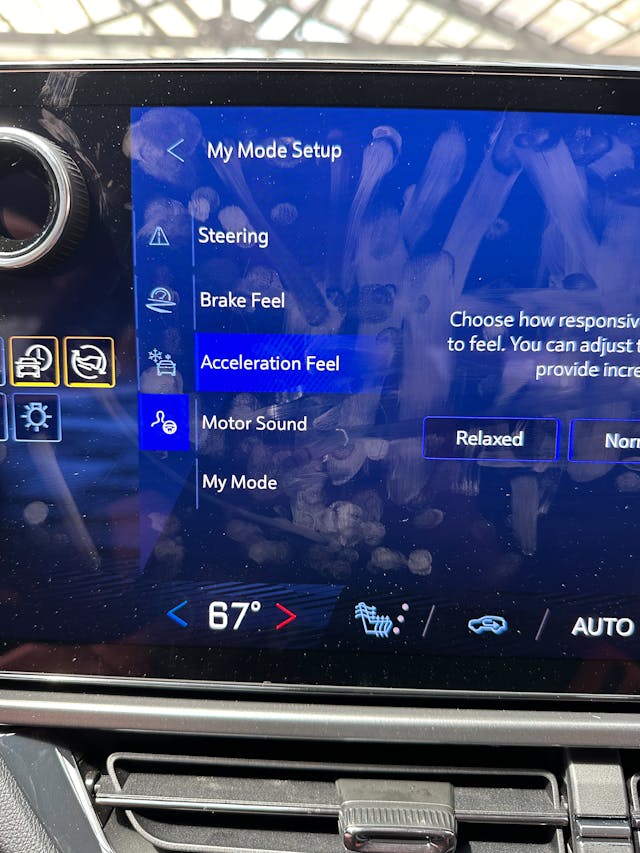
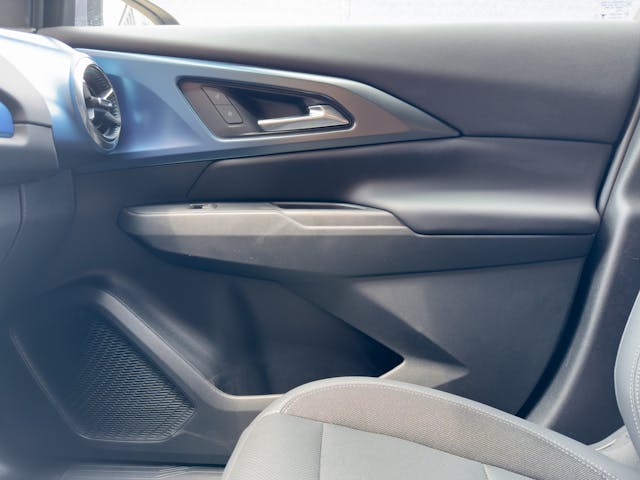


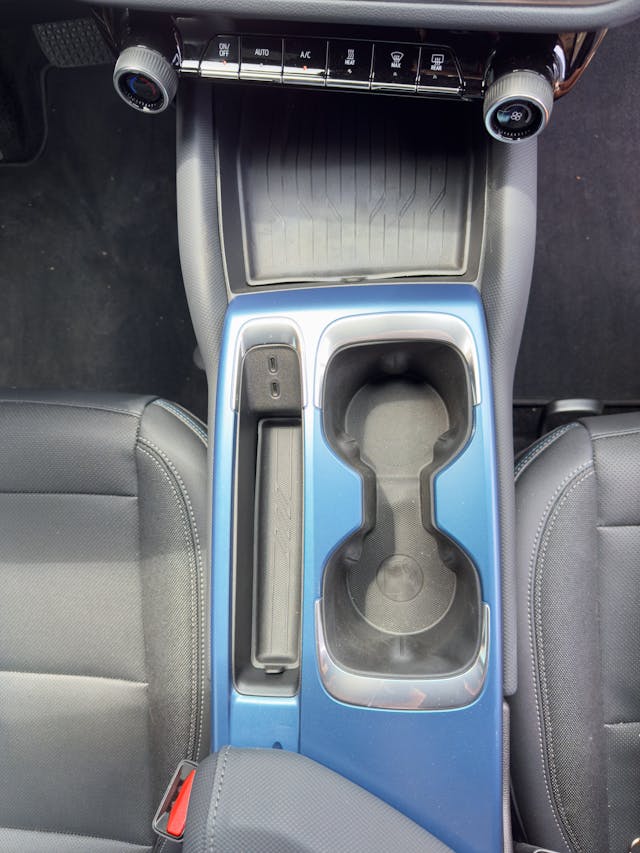

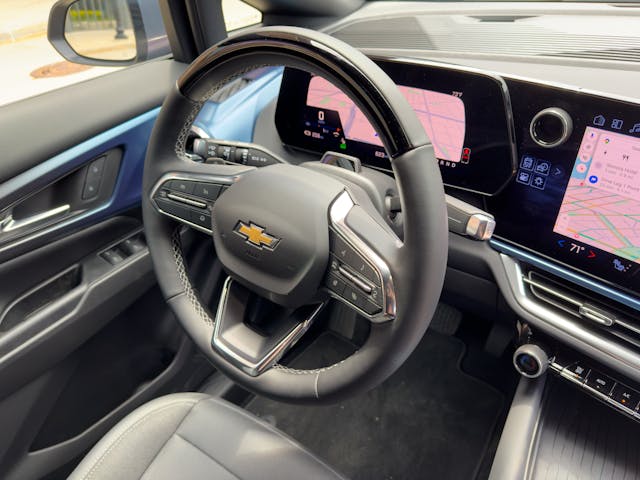


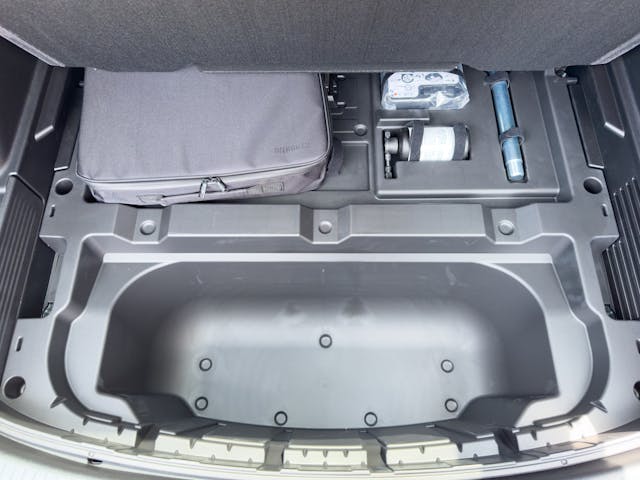



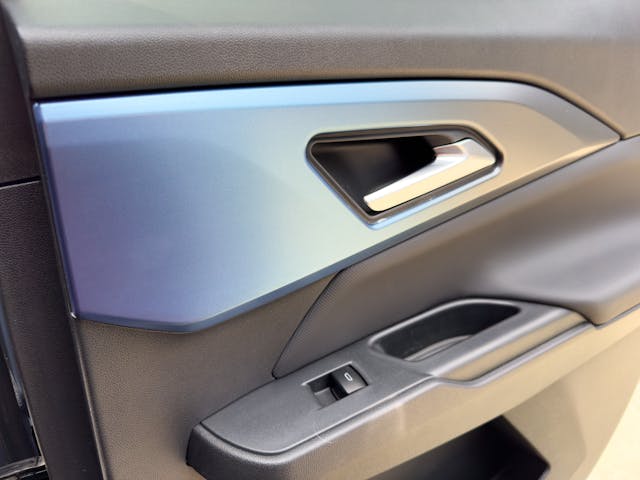

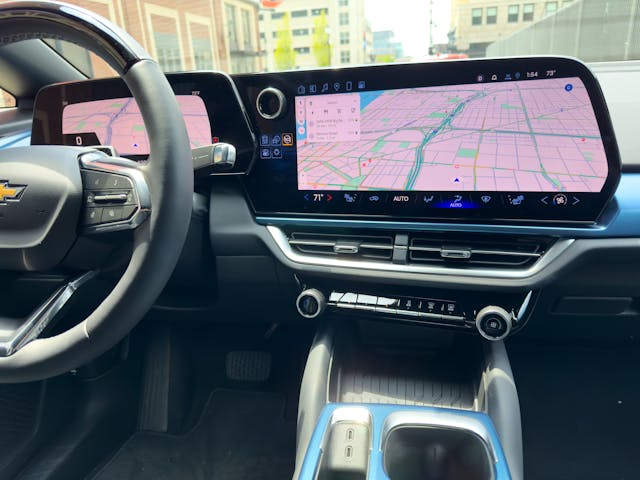



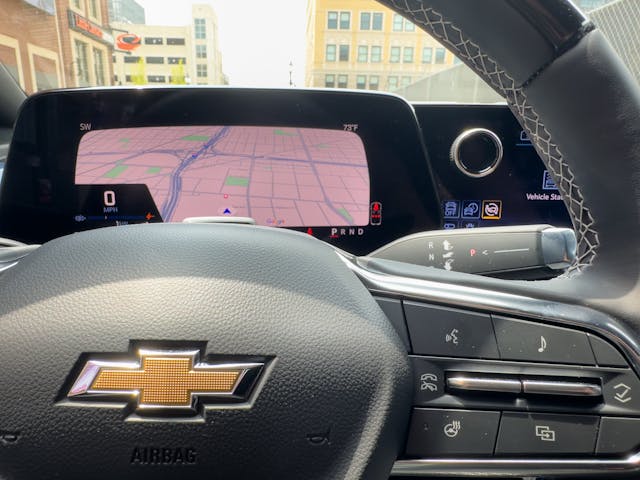

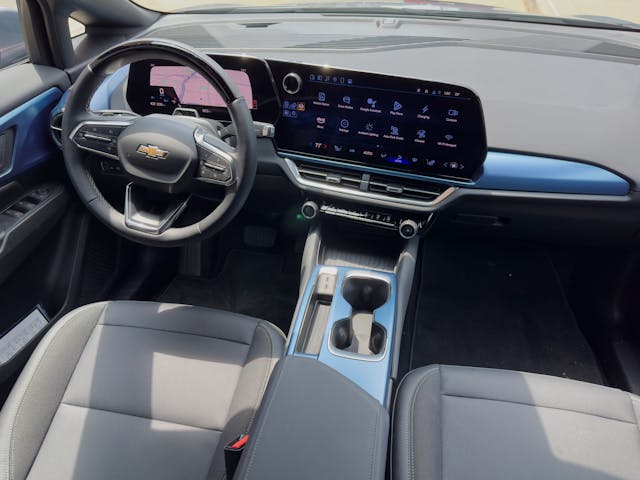




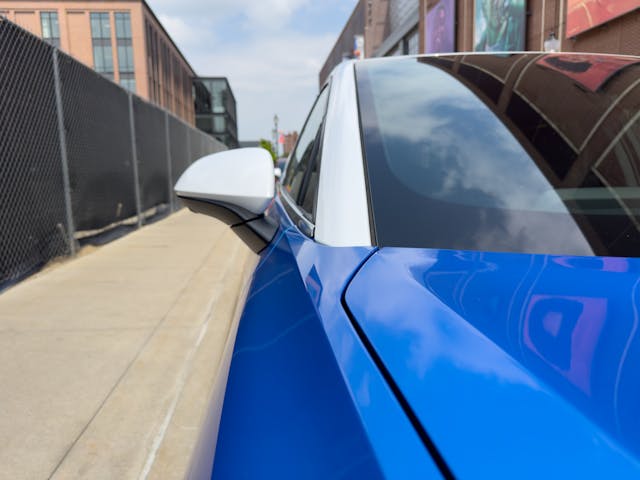

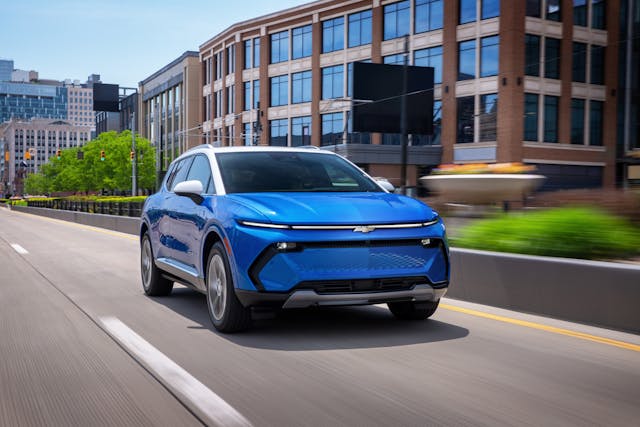
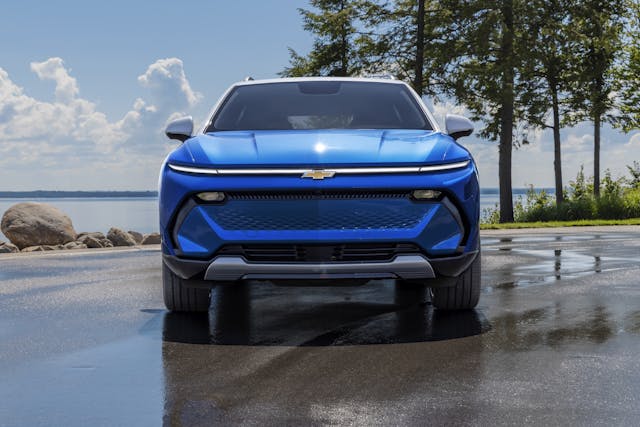


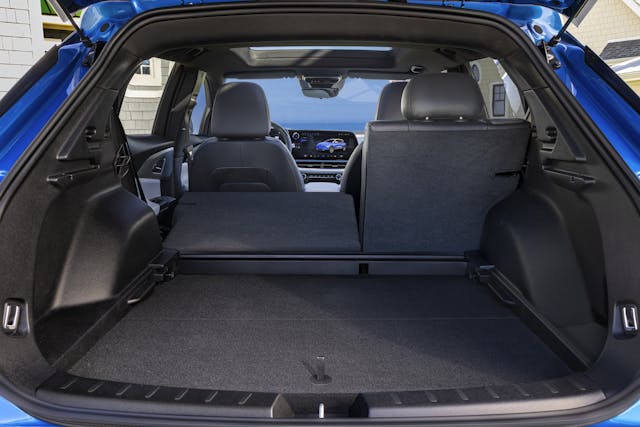

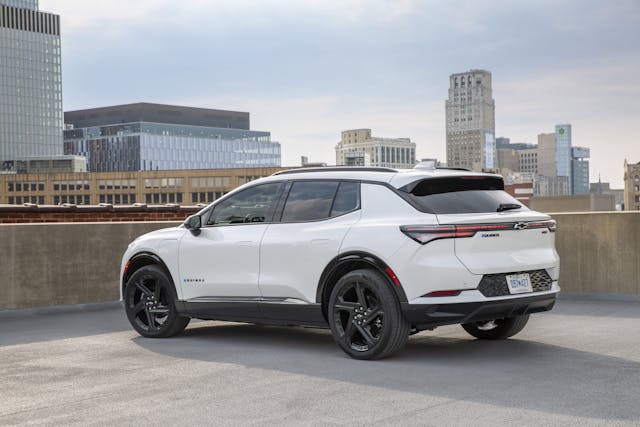

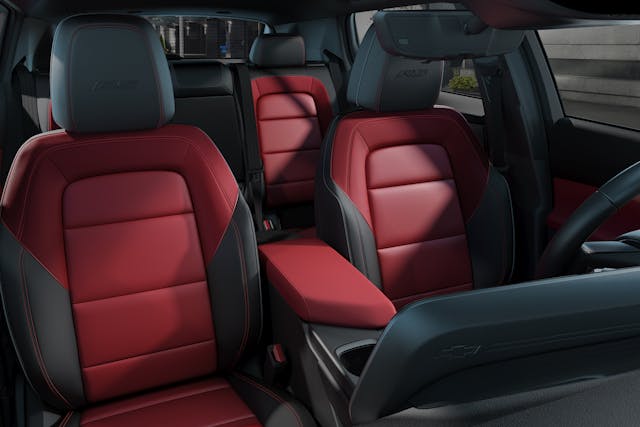

***
Check out the Hagerty Media homepage so you don’t miss a single story, or better yet, bookmark it. To get our best stories delivered right to your inbox, subscribe to our newsletters.



This is the car for the future if they can keep the price down and the quality up while not losing money.
This is the car everyone has tried to build. The real question is there any profit in it?
It is priced with the ICE model and had the kind of range it needs over 300 miles for most people who drive locally. It looks decent without looking like a bad science experiment.
It is cars like this that people will consider over time. But the government should still not force EV on the public. They need to earn their own place in the public domain and not with government money plastered all over them.
We have had 125 years to perfect ICE vehicles but only 20 years to perfect modern EV models. Yes it makes a difference.
I would buy this EV over any hybrid but I would still go ICE first.
To be fair, the government has been plastering money all over the oil industry for over a century.
Looks good! Seems like it strikes a good position in the market, and the interior colors are a nice touch, but I don’t like the trend across the industry of options being tied to a subscription. I wonder if we can try one with all of the subscriptions turned off?
It will be a success or failure depending on how it does against the gas version Equinox. If it sells 1 for 1 then it was worth the investment (150,000 units). If it sells 1 for 7 then it is a complete failure. I do not see this model stealing sales from Tesla. It will be in the mix against Ford, Hyundai/Kia and the gas models from Nissan, Toyota and Honda.
Seems like I have been participating unwillingly in so many EV federal tax credits that I’ve not enough left to buy my own car.
$50k for a vehicle, $7300 for a charging station/home charging bundle and subscriptions galore! Such a waste of money.
Hardly the car of the future. This is the car of a Planned and Controlled economy where you are told what to drive.
We get front drive EVs, the Elites get whatever they want.
26 years ago I had a 1998 Buick LeSabre Custom. 205 HP/230 lbs-ft of torque.
EPA rated 30mpg Hwy, it would knock down 32 mpg all day at 70-75 mph.
Blasting the heat in cold Midwest winters or A/C in hot humid summers had no impact on mileage. Driving with the windows down would put hwy mileage into the high 20s.
That was a good car. It could tow 2,500 or 3,000 lbs, I don’t remember, but did great pulling boats out of lakes and rivers. Plenty of trunk space, nice interior, engine and trans were solid. Customs have 3.06 final drive vs 2.84 in the limited. It ran mid 15s in the quarter and was capable of keeping up with LA traffic.
Who was talking earlier about wasteful SUVs and no investment into cars?
$50,000 for an EV that won’t have a 300 mile range in a hot AZ summer? Pass.
Maybe if I was bad at math and fiscal matters I’d consider it, but it makes no sense for most people. A hybrid? Maybe. Then it can be a family car for road trips. But this is at best a 2nd car for commuting, but hardly a primary vehicle. For $50k, I’ll buy a Camry Hybrid that will outlast this pile and get 50+ mpg, and drive it any distance.
This is the best response letter I have seen in at least 6 months. I agree 100%.